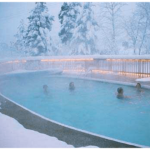Información actualizada April 5, 2024
Fiberglass pools are a popular choice due to their durability and low maintenance. However, to maintain water quality and ensure the longevity of the pool, it is crucial to have an efficient circulation system. Circulation pumps play a vital role in this aspect.
Table of Contents
Importance of circulation pumps
When it comes to fiberglass pools, proper water circulation is key. Circulation pumps ensure that water is filtered and distributed evenly, preventing issues such as algae proliferation and waste accumulation.
Impact on fiberglass pools
Although fiberglass pools are known for their resilience, without proper circulation, problems can arise. Lack of water movement can result in unsightly stains and water quality issues.

Operation of circulation pumps
A. Basic principle
Circulation pumps work on the principle of suction and pressure. Their main function is to draw water from the pool, filter it, and return it in a constant cycle. This helps keep the water clean and in constant motion.
B. Types of available pumps:
- Centrifugal pumps
These pumps are the most common and use centrifugal force to move water. So they are a good option for standard size fiberglass pools.
- Variable-speed pumps
They offer higher energy efficiency by automatically adjusting the speed according to circulation needs. They are ideal for pools that require variable circulation levels.
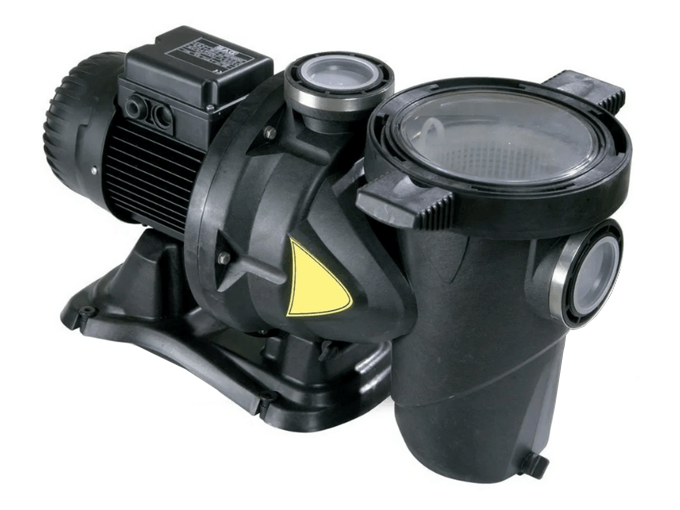
Selection of pumps for fiberglass pools
Some factors to consider when selecting a pump for a pool are:
1. Pool size
The size of the pool determines the pump’s necessary capacity. It is crucial to choose a pump that can efficiently handle the pool’s water volume.
2. Energy efficiency
Opting for circulation pumps with energy certification can significantly reduce long-term operating costs.
3. Maintenance
Selecting pumps that are easy to maintain can simplify the task of caring for the circulation system.
Benefits of efficient circulation pumps
A. Energy savings
Efficient circulation pumps consume less energy, resulting in significant savings on the electricity bill.
B. Prolongation of the pool’s lifespan
By keeping the water constantly moving, the possibility of waste accumulation and damage to the pool’s structure is reduced.
C. Improvement in water quality
Constant circulation facilitates the even distribution of chemicals, improving water quality and reducing the need for additional treatments.
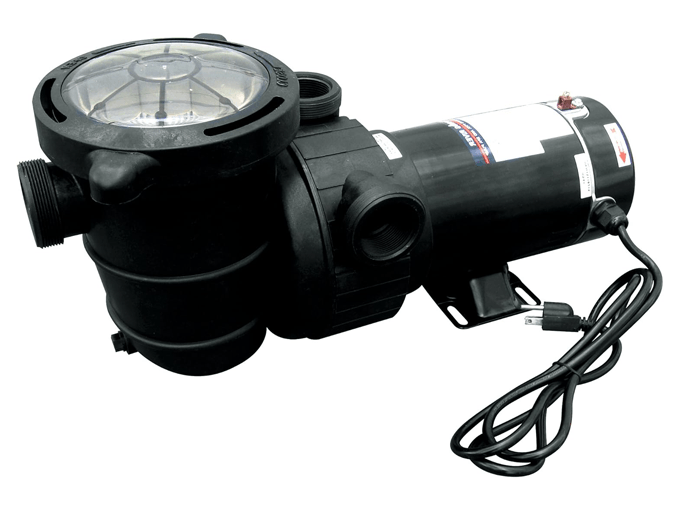
Installation and Maintenance
The installation and maintenance of circulation pumps in fiberglass pools are essential to ensure efficient and long-lasting system performance. During installation, it is crucial to select a strategic location that facilitates water flow and allows easy access for future maintenance tasks. Proper connection to the piping system, valve adjustment, filter adjustment, and water level verification are essential steps for effective operation. Additionally, regular maintenance includes periodic cleaning of the pump basket, inspection of possible leaks, replacement of worn seals and gaskets, lubrication of moving components, and efficiency testing to ensure optimal operation. These practices not only improve energy efficiency but also prolong the system’s lifespan, contributing to a trouble-free and enjoyable aquatic environment.
Expert opinions
According to interviews with pool professionals, investing in quality circulation pumps is highly recommended due to their significant impact on the performance and efficiency of aquatic systems. Experts emphasize the importance of selecting circulation pumps from recognized brands and models with advanced features to ensure optimal results. The pump’s quality not only influences water flow efficiency but also the overall system’s durability.
Expert opinions suggest that when purchasing circulation pumps, several key aspects should be considered. Firstly, the pump’s power and capacity should match the pool’s size and specific needs. Additionally, energy efficiency is an essential criterion, as more efficient pumps contribute to reducing operating costs over time.
Experts also highlight the importance of choosing reputable brands in the industry, as they often guarantee quality standards, reliability, and technical support. The initial investment in a quality circulation pump is supported by consistent performance and a lower probability of failures, saving costs in the long run.
Regarding advanced features, professionals suggest considering options that offer functionalities such as remote control, programming, and variable-speed technology. These features not only improve operation convenience but also allow circulation to be adapted to the pool’s specific needs at different times, maximizing efficiency and minimizing energy consumption.

Practical Tips for Users
- Adjustment of Circulation Times:
- Program the pump to operate during specific periods of the day. Adjust circulation times according to usage demand and filtration needs, avoiding unnecessary constant operation.
- Variable Speed:
- Use the variable-speed function, if available, to adapt the pump’s speed to different needs. This not only improves energy efficiency but also allows for more precise control of water flow.
- Regular Cleaning of the Basket:
- Perform periodic cleaning of the pump basket to prevent obstructions and ensure optimal water flow. A clean basket improves efficiency and prevents potential system damage.
- Monitoring Water Levels:
- Maintain adequate water levels in the pool to ensure efficient supply to the pump. Low levels can affect suction, while high levels can reduce system effectiveness.
- Efficient Filtration:
- Adjust the pump’s settings to optimize filtration. Experiment with different configurations to find a balance between efficient filtration and energy consumption.
- Preventive Maintenance:
- Perform regular preventive maintenance, including lubrication of moving components and inspection of seals and gaskets. This proactive approach contributes to long-term durability and efficiency.
- Seasonal Programming:
- Adjust pump scheduling according to the seasons. It may be necessary to increase circulation during periods of higher usage or reduce speed during times of lower activity.
- Investment in Efficient Technology:
- Consider investing in circulation pumps with advanced technologies, such as variable speed and remote control. These features offer greater flexibility and efficiency in system management.
- Regular Monitoring:
- Regularly monitor pump operation, paying attention to possible unusual noises, leaks, or performance variations. Address any issues promptly to avoid major damage.
- Consultation with Professionals:
- In case of doubts or persistent problems, seek advice from pool professionals. Specialized knowledge can provide effective solutions and ensure efficient use of the circulation pump.
The Future of Circulation Pumps in Fiberglass Pools
With ongoing technological advancements and emerging trends in the market, the future of circulation pumps in fiberglass pools is envisioned with innovations aimed at improving efficiency, sustainability, and user experience. Some expectations for the future include:
-
Advanced Variable-Speed Technology:
- An evolution in variable-speed technology is expected, with more advanced systems automatically adapting to specific circulation and filtration needs. This will allow for more precise control of water flow and greater energy efficiency.
-
Integration of Smart Sensors:
- Incorporating smart sensors into pumps will enable real-time monitoring of water and system conditions. These sensors could automatically adjust speed and operating times based on pool conditions.
-
Connectivity and Remote Control:
- Connectivity via smart devices will be a common feature, allowing users to control and monitor their circulation pumps remotely. This will facilitate system management and personalized programming.
-
Increased Energy Efficiency:
- Continuous improvement in pump energy efficiency is expected through the use of more advanced technologies and innovative materials. This will not only reduce energy consumption but also contribute to environmental sustainability.
-
Ergonomic and Aesthetic Designs:
- The aesthetics of circulation pumps will also evolve, with more ergonomic and aesthetic designs that harmonize seamlessly with the pool environment. This will allow for a perfect blend of functionality and appearance.
-
Autonomous Systems and Self-Repair:
- The trend toward more autonomous systems could lead to the development of circulation pumps with self-diagnostic and self-repair capabilities. These systems could automatically identify and address minor issues, improving system reliability.
-
Integration with Renewable Energy Technologies:
- Greater integration with renewable energy sources, such as solar power, is anticipated. Pumps could optimize their operation to make the most of sustainable energy sources, reducing reliance on the conventional electrical grid.
-
Developments in Durable Materials:
- Research into durable and corrosion-resistant materials will allow for the manufacture of more robust and long-lasting pumps. This will help reduce maintenance costs and increase equipment lifespan.
In summary, the future of circulation pumps in fiberglass pools focuses on incorporating smart technologies, improving energy efficiency, and aesthetic design, all with the aim of providing users with a more convenient, sustainable, and enjoyable experience in their aquatic environments.
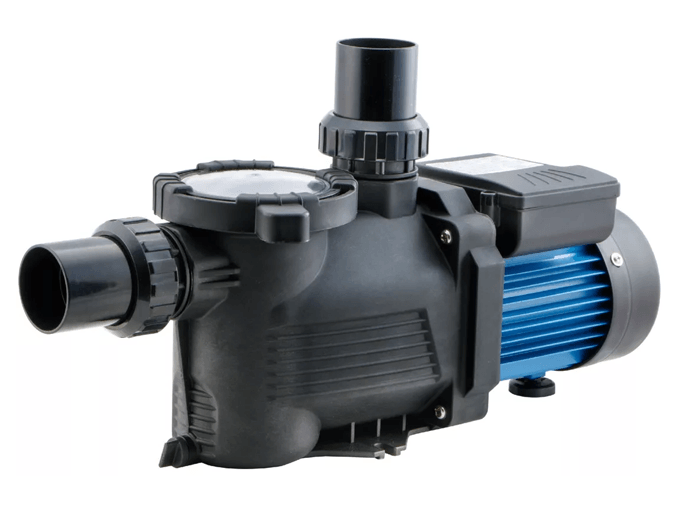
Frequently Asked Questions
- What is the difference between centrifugal pumps and variable-speed pumps?
- Centrifugal pumps use centrifugal force, while variable-speed pumps adjust their performance automatically.
- What is the average lifespan of a circulation pump?
- The typical lifespan of a circulation pump is 8 to 10 years, but it may vary depending on usage and maintenance.
- How can I know what size pump I need for my pool?
- The pump size should match the pool’s water volume. Refer to the manufacturer’s recommendations or seek professional advice.
- Do variable-speed pumps really save energy?
- Yes, variable-speed pumps adjust their performance according to needs, resulting in significant energy savings.
- Can I install the circulation pump myself?
- Installation may be possible for experienced individuals, but it is recommended to seek professional assistance to ensure proper installation.
- When is the right time to replace a circulation pump?
- If the pump shows signs of wear, such as unusual noises or loss of efficiency, it is time to consider replacement.
- Can I use the circulation pump all year round?
- Yes, it is recommended to maintain circulation even during winter months to avoid water quality issues.
- Are circulation pumps noisy?
- Most modern pumps are designed to be quiet, but it is important to follow the manufacturer’s recommendations for proper installation and avoid unnecessary noise.
- How can I troubleshoot pressure loss issues in my circulation pump?
- Check connections and seals for possible leaks and clean the pre-filter to improve water flow.
Conclusion
In conclusion, circulation pumps are essential components for maintaining the health and longevity of fiberglass pools. By investing in an efficient pump and following proper installation and maintenance practices, owners can enjoy clear and durable pools.
